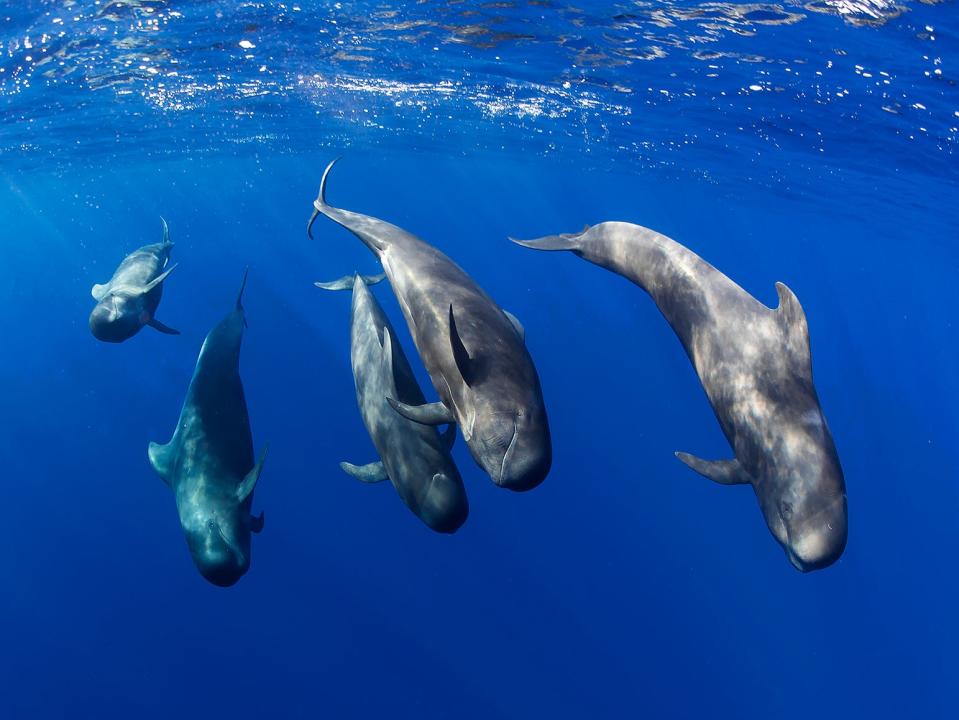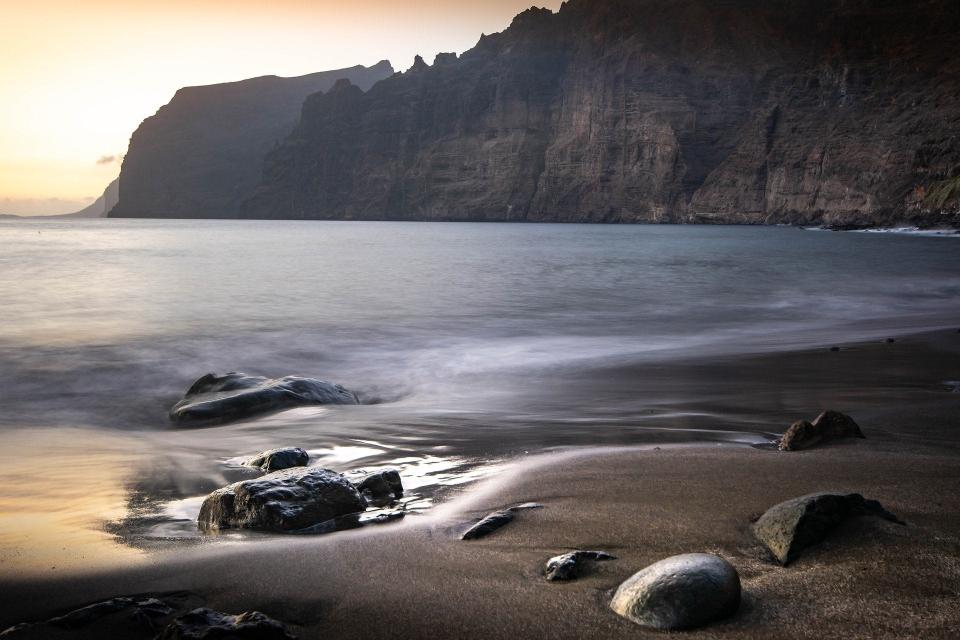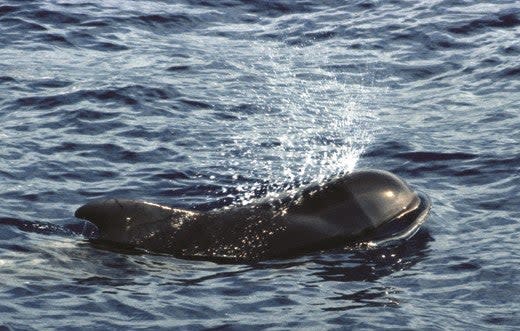Why Tenerife is Europe’s best spot for responsible whale watching

Tenerife is home to the short-finned pilot whale
(Francis Perez)One upside to the realisation that we’ve been treating our oceans as a supersized rubbish tip? Popularity of schemes designed to protect their inhabitants is growing, whether it’s National Marine Parks such as the UK’s Plymouth Sound, or Unesco’s World Heritage Marine Programme, which provides protection for areas like Western Australia’s Shark Bay.
The Whale Heritage Site scheme is the latest example. Established in 2015 by the World Cetacean Alliance, its purpose is to identify notable cetacean (whales, dolphins and porpoises) habitats, protecting these species by increasing awareness, encouraging community engagement and promoting responsible whale and dolphin-watching as ethical alternatives to seeing cetaceans in captivity. The scheme’s first two recipients were South Africa’s The Bluff, an area off the coast of Durban, and Australia’s Hervey Bay, an essential stop-off for migrating whales. In January 2021, it was announced that Europe’s first Whale Heritage Site is Tenerife-La Gomera Marine Area, off the coast of Tenerife.
So what’s the appeal of the Canary Islands? It turns out cetaceans head there for the same reason sun-starved tourists do (although the whales’ indulgence of choice is admittedly crustaceans, not cocktails). There’s year-round sun and warm, clear water and, in some areas, the ocean has a depth of 2,000m, which allows cetaceans to feast on a variety of species, ranging from plankton to squid. This staggering depth also provides protection from chilly currents sweeping in across the Atlantic – a major bonus for creatures who can’t simply hop onto dry land and flop onto a sun-lounger.
The area has 28 species of cetacean, although it’s the short-finned pilot whale that most visitors are desperate to spot. “Tenerife has one of the world’s few resident short-finned pilot whale populations,” says Katheryn Wise, wildlife campaign manager at World Animal Protection, which partners with the World Cetacean Alliance to roll out the Whale Heritage Site scheme. “The pilot whales here have unique hunting behaviours which haven’t been observed elsewhere. One example is their deep, high-speed dives to chase and capture squid.”

By highlighting areas such as the Tenerife-La Gomera Marine Area, it’s hoped that more people will understand the importance of these creatures. “Cetaceans are great indicators of ecosystem health,” says Jacobo Marrero, a Tenerife-based cetacean expert. “They alertâ¯usâ¯if there are imbalances, and play an essential role inâ¯maintaining⯠theâ¯equilibrium. Without these apex predators, the natural balance is easily disrupted.”
South Africa’s Whale Heritage Site – known as The Bluff – is a great example of one which has come full circle. In the early 1900s it was home to the world’s largest land-based whaling operation. Every year, crew manning Durban’s South African Whaling Company’s ships harpooned around 100 whales between March and September, and black and white pictures show enormous carcasses being hauled along a purpose-built railway. A century later, in 2019, The Bluff became the world’s first Whale Heritage Site. Today, an annual Welcoming of the Whales Festival, along with guided walks and tours of the former whaling station, allows locals to learn more about cetaceans. Only two closely monitored whale-watching operations can operate, which brings us on to another benefit of Whale Heritage Sites: to qualify, judges require proof that there are mechanisms in place to safeguard cetaceans’ welfare and to reduce threats.
The pilot whales here have unique hunting behaviours which haven’t been observed elsewhere. One example is their deep, high-speed dives to chase and capture squid
“In Tenerife, for example, stakeholder groups are committed to reducing the number of illegal whale-watching operators and to encouraging tourists to use responsible, sustainable operators,” says Elizabeth Cuevas, Whale Heritage Sites manager at the World Cetacean Alliance. “Meanwhile, at California’s Dana Point Whale Heritage Site, the panel identified plastic pollution as a major threat, so there’s a focus on initiatives which reduce plastic pollution. At future sites, ship strikes may be a concern, so the conservation measures may look different again.”

â¯At a time when there’s growing pressure on organisations such as SeaWorld to abandon shows featuring cetaceans, Whale Heritage Sites don’t just highlight areas where these creatures can be seen in the wild, but ensure that there are measures to protect them. “By raising their prominence, we hope to reduce the demand to see these creatures in tanks, and bring us closer to our vision of making this the last generation of cetaceans in captivity,” says Wise.
In a nutshell, the scheme is about making cetaceans the stars of the show, but in a very different way. It’s about engaging communities and convincing people to care about these marvellous creatures. And not a moment too soon. “The status of many cetacean species is vulnerable to critical,” says Dylan Walker, the World Cetacean Alliance’s chief executive. “Extinction is just around the corner for some, and Whale Heritage sites are a critical tool which allows us to prioritise their protection in the places where they’re clinging on.”
Read More

 Yahoo Finance
Yahoo Finance 